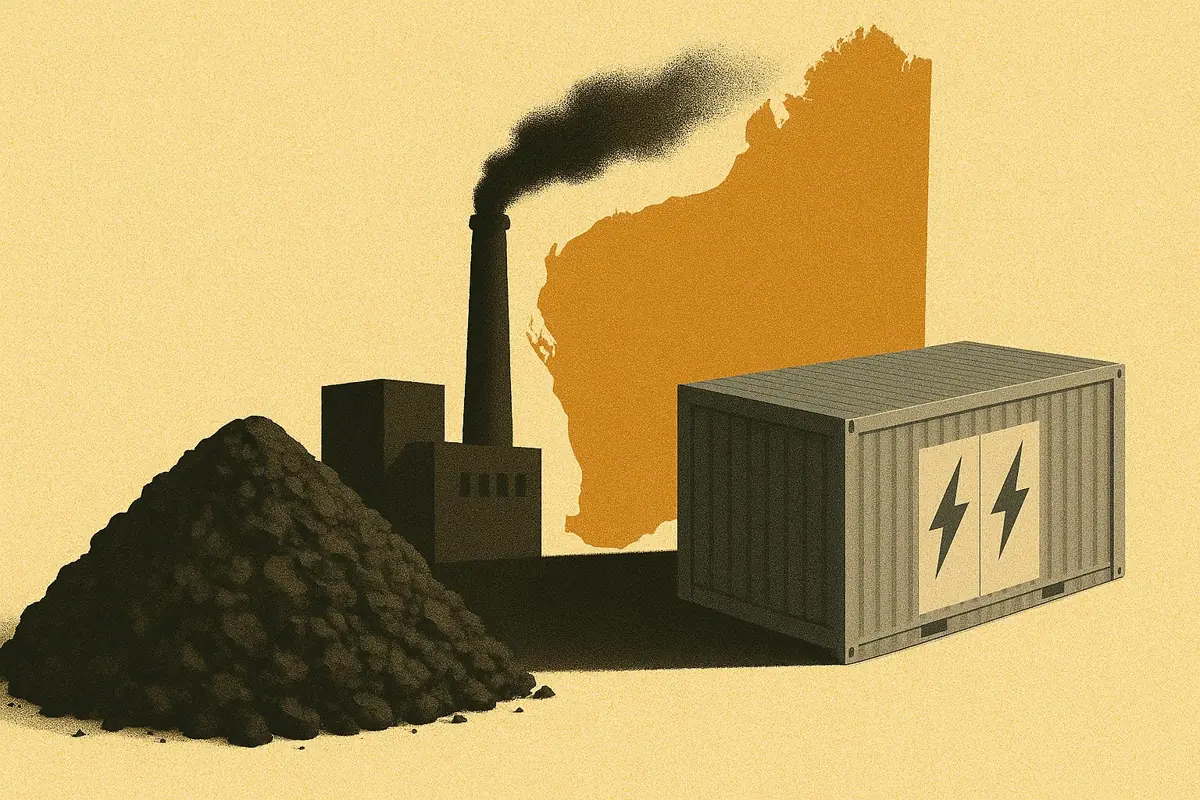V3.3 Forecast update: Modelling changes and revenue impacts
Version 3.3 of the Modo Energy Battery Revenue forecast for Great Britain has just been released. This update introduces new modeling of intraday prices and dispatch re-optimization in this market. Nuclear capacities have been updated in line with recently announced delays to retirements, and commodity prices have been updated.
Modeling changes
Intraday price modeling captures forecasting error
Prices in day-ahead and intraday markets often diverge, creating trading opportunities for batteries. Forecast levels of generation, demand, and plant outages set prices in the day-ahead market.
Intraday prices, meanwhile, become liquid around two hours before delivery with greater visibility of actual generation and demand. If wind generation is lower than expected, or a generator trips offline, this can cause intraday prices to spike.

In version 3.3 of the forecast, we have introduced new day-ahead and intraday price modeling to capture these price divergences. The model takes into account errors observed in the real world when calculating day-ahead prices - for renewable generation, outages, and demand.
Intraday prices reflect real-time conditions, with added volatility to reflect trading behavior observed in the market, such as ‘herding’.
Head to the methodology page here for more details on intraday price modeling.
BESS dispatch is re-optimized in the intraday market
The dispatch model now performs an initial day-ahead optimization, before reoptimizing positions in the intraday market every two hours during the delivery day.

For example, a battery may sell 50 MW in the day-ahead market for delivery at 8am. On the intraday market, prices could fall at 8am and rise at 10am. In version 3.3, the dispatch model now re-trades this position, buying power back at 8am and re-selling it at 10am.

In the previous version, intraday revenues were based on an observed 35% uplift from intraday trading in 2022/23. Since then, price volatility has fallen, reducing this premium to 22% in 2024. Over time we forecast this to increase as more intermittent renewable generation comes online, increasing forecast error.
For more details on battery dispatch optimization and risk, head to the outlook article here.
Other changes
- Updated fleet dispatch logic increases price spreads and delays the retirement of CCGTs.
- Dispatch model now runs in 5 minutes, with automated QA to ensure custom runs are available as quickly as possible.
Short-term outlook
Gas prices increase by 13% in 2025
Future expectations of gas prices have increased since the previous version due to lower-than-expected European storage levels and an end to imports of Russian pipeline gas through Ukraine.
These expectations form the basis of near-term gas prices in the model. Gas prices for 2025 are 13% higher in 2025 and an average of 11% higher up to 2028.

Carbon prices have fallen slightly and are 16% lower in 2025 than in the previous version. By 2026, prices return to the previously forecasted level.
In isolation, these increases in gas and carbon prices also increase daily price spreads by an average of 23% from 2025 to 2028.
Extensions to nuclear retirement dates increase capacity by as much as 2.4GW
In December, EDF and Centrica announced that they were extending the lifetime of five of their nuclear power stations. Heysham 2 and Torness had their retirement delayed from 2028 to 2030.
Previously, nuclear capacity was due to fall as low as 2 GW in 2029, due to a combination of retirements, and a delay in the commissioning of Hinkley Point C.

In isolation, this extra nuclear capacity reduces spreads in 2029 by 10%.
Revenues increase 45% up to 2028
Revenues increase to £87k/MW/year for a two-hour, two-cycle battery out to 2028. This is a 45% increase from average 2024 revenues of £60k/MW/year.

This increase is 5% higher than in the previous version. Higher gas prices have increased average power prices, increasing the wholesale price spread available to batteries and Balancing Mechanism Offer prices.
Long-term outlook
BESS is built out quicker, while CCS buildout slows
The previous version of the forecast capped BESS buildout at a rate of 3 GW per year, constrained by the availability of installation contractors. In version 3.3, installation capacity grows each year, meaning capacity comes online more quickly in the 2030s.
By 2036, the total installed BESS capacity increases by 6.6 GW, though this has a limited impact on the spreads available to batteries.

Changes to the economic assumptions around gas CCS mean a slightly slower buildout in the late-2020s. By 2034, buildout mostly follows the previous version.
Lifetime revenues have increased by 2%
Average lifetime revenues for a two-hour, two-and-a-half cycle battery increase by 2% in version 3.3, across regions.
Already a subscriber?
Log in







